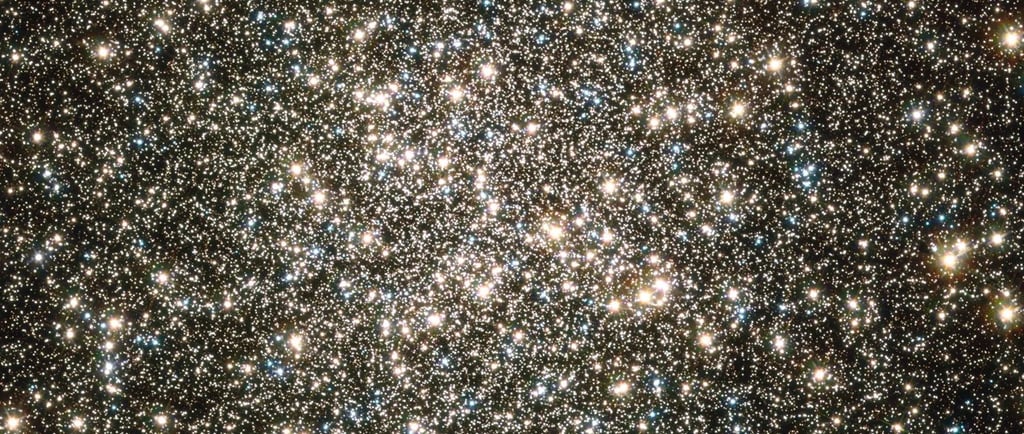M13: The Great Globular Cluster


Introduction to M13
The globular cluster M13, located in the constellation of Hercules, stands as a beacon of cosmic wonder. It is renowned as the largest globular cluster in the northern sky, captivating both amateur and professional astronomers alike. Measuring approximately 20 arcminutes in diameter, M13 ranks as the second-largest globular cluster, surpassed only by the omega cluster.
Characteristics of M13
M13 is composed of hundreds of thousands of stars that are densely packed together, resulting in a breathtaking sight when viewed through telescopes. This spectacular cluster lies roughly 25,000 light-years from Earth and can be observed without any telescopic aid under clear conditions. Its brightness makes it a classic target for observers who want to marvel at the structures of globular clusters.
The chemical composition of M13 reveals a predominance of older stars, predominantly of Population II type. These stars are typically older and are made up of higher quantities of helium and fewer heavier elements. In contrast, the stars in our own sun are part of Population I and tend to have a richer elemental composition due to the repeated cycles of stellar birth and death that have occurred in our galaxy.
Observing M13
For anyone interested in observing M13, the best time to locate it is during the summer months in the northern hemisphere. The cluster can be found in a relatively dark sky between the bright stars of the constellation Hercules. Its prominent position makes it accessible to stargazers, and it is often highlighted in astronomy guides.
Using telescopes, observers can steal a glance at the intricate details of M13's population. Through moderate-sized telescopes, one can witness a distinct resolution of individual stars, offering an enthralling experience. The center of M13 is particularly dense and bright, providing a stark contrast to the more sparse outer regions.
The Importance of Globular Clusters
Globular clusters like M13 offer astronomers invaluable insights into the formation and evolution of galaxies. These ancient clusters serve as observatories of the early universe, allowing scientists to study the mixing of elements and understand the lifecycle of stars in our galaxy. They act as cosmic time capsules, providing clues about the conditions present during the formative years of our galaxy.
In summary, M13, the magnificent globular cluster in the constellation of Hercules, remains a captivating subject of study and admiration. Its vast expanse of densely packed stars serves not only as a delight for sky watchers but as a key component in our understanding of stellar and galactic evolution.
